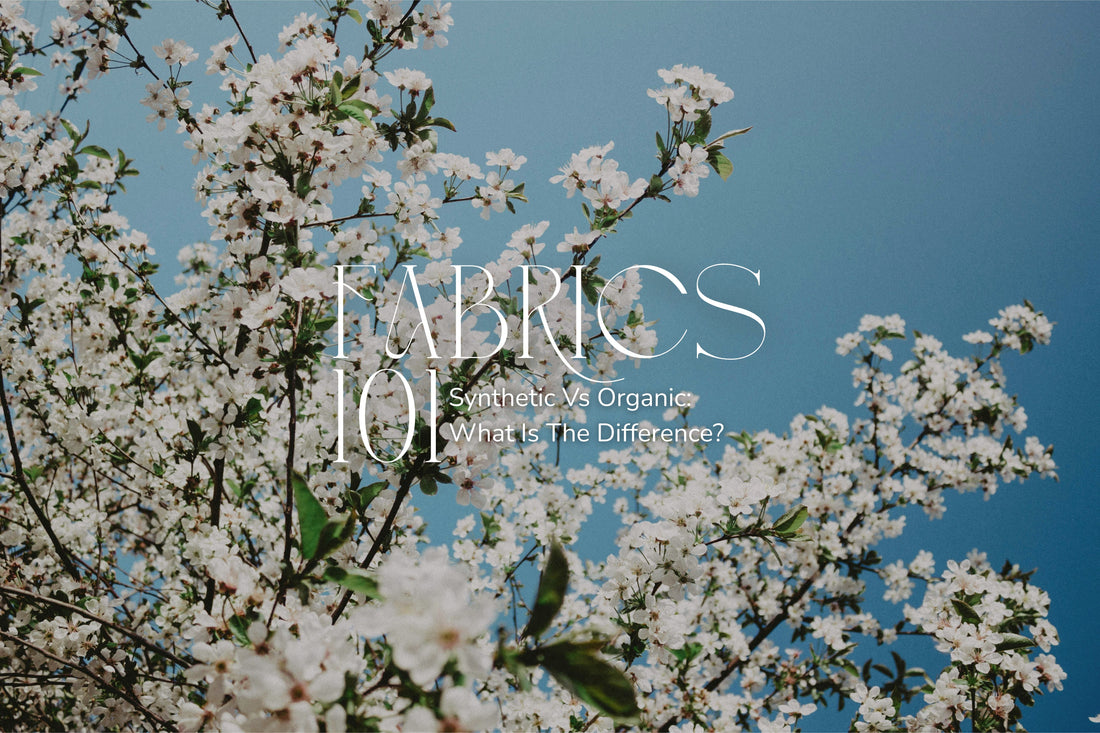
Fabrics 101: Synthetic Vs Organic: What Is The Difference?
There are 2 main categories of textiles. Organic and Synthetic. Organic fabrics are derived from natural sources and are cultivated without synthetic chemicals. Common examples include:
-
Organic Cotton: Grown without harmful pesticides, making it gentle on the skin and the environment. Cotton has a smooth yet soft feel.
-
Linen and Hemp: Require less water and pesticides, making them more sustainable choices. They have "cool" or "crisp" feel.
-
Wool: Renewable and biodegradable, though it's essential to consider animal welfare in its production. Wool has a soft feel.
The Reality of Synthetic Fabrics
Synthetic fabrics are man-made, typically from petroleum-based products (aka plastic). Common examples include:
-
Polyester: Known for its durability and resistance to wrinkles but has a significant environmental footprint due to its production process.
-
Nylon: Offers strength and elasticity but is not very absorbent and can contribute to environmental degradation.
-
Spandex (Lycra): Provides exceptional stretch and shape retention, making it ideal for form-fitting garments like lingerie.
Environmental Considerations
While synthetic fabrics offer certain functional benefits, they often come with drawbacks, such as non-biodegradability and pollution from production. On the other hand, organic fabrics are generally more sustainable but may have limitations in terms of durability and care requirements.
Both organic and synthetic fabrics have their places in fashion. By understanding their properties and impacts, you can make choices that align with your comfort, aesthetic preferences, and commitment to sustainability.
